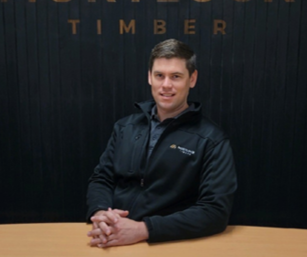Weathered Timber – Low Maintenance Solution
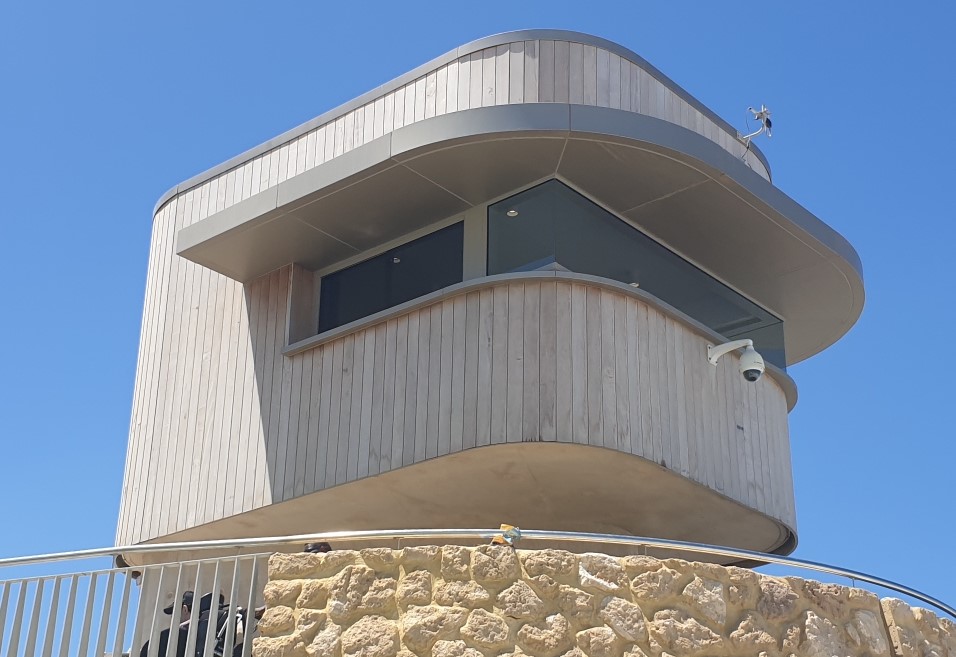
Architects, builders and property owners agree – timber offers many advantages as a building material. It’s beautiful, sustainable and a staple in energy efficient designs. But like any other external building material, timber requires proper maintenance and care to preserve its appearance and performance over time.
The only way to combat timber weathering is through regular maintenance—or, you can embrace it, and allow the timber to weather to a natural silver-grey. Weathered timber cladding is rising in popularity, not just because of its low maintenance properties. Many high end houses and commercial designs wear the silvery look proudly.
In this guide, we explain what weathered timber cladding is, what you need to be aware of during the design phase and how to achieve an attractive weathered look that gets better with age.
WHAT IS TIMBER WEATHERING?
All timber undergoes changes over time, and these changes can happen more rapidly if the external timber is exposed to direct UV radiation or high levels of moisture. This natural process is called timber weathering.
On a cellular level, the sun’s ultraviolet rays break down the lignin in the cellulose, causing a photochemical colour change. The result is a change in the wood’s appearance from its original colour to a gradual silvery grey sheen.
Weathering is a natural process, and is different to fungal decay or other damage which can compromise the structural integrity of the timber. When managed properly, timber weathering changes the appearance of external timber wall cladding – but the integrity and performance of the wood is preserved.
WHAT ARE THE ADVANTAGES OF WEATHERED TIMBER?
One of the biggest appeals of weathered timber cladding is the reduced maintenance requirements. To maintain the natural colour of external timber you would need to re-coat the timber every 12-18 months. For weathered timber, you need to apply another coat every 4-5 years, or less frequently depending on the protection system used. With the SiOO:X weather protection system, maintenance may be required as little as every 10-15 years.
Also read: What is the best timber to use for exterior cladding?
Weathered timber also has a strong aesthetic appeal, offering a finish that is very hard to replicate using stains or synthetic materials. Aged, greying timber makes for a soft and inviting façade, and is particularly popular in coastal locations, natural bush settings and rustic house designs.
In contrast to consumer culture where objects are valued for their newness, weathered timber embraces thinking from Japanese design philosophy. The idea of wabi sabi acknowledges that materials can become more beautiful with age, acquiring a new charm and desirability.
Also read: 5 of Australia’s Most Stunning Cladding Options
WHAT YOU NEED TO KNOW ABOUT WEATHERED TIMBER CLADDING
Simply letting any external timber age without maintenance won’t achieve a consistent and attractive weathered look. If you are designing a project with weathered timber cladding in mind, here are some factors to consider in the planning stages:
1. Weathered timber cladding still needs some maintenance
Weathered Timber doesn’t mean the timber won’t need maintenance at all. Wood is hygroscopic, which means its moisture content will fluctuate based on the relative humidity of the surrounding air. So to allow timber to weather means timber will be expanding and contracting more so than when it is not protected or ‘waterproofed’ from the outside.
Depending on your protection system, you may need to re-coat weathered timber cladding every 4-5 years. More advanced systems require less maintenance, sometimes up to 15 years between coats.
2. You need to choose a stable timber species
To combat the timber movement you need to choose a stable low-movement timber species like Vacoa, Burnt Ash or Pacific Teak. Less stable timbers come with the risk of warping and cupping as they weather.
Read more about timber movement.
3. Your colour choice is limited
Keep in mind that the palette of weathered timber is fairly minimal, which can affect the final look you can achieve. While timber species come in many colour variations, they all end up a silver grey colour through the weathering process. Some coatings like Cutek Clear Oil may allow you to return the wood to its natural colour if required.
4. Watch out for uneven weathering
In general, timber doesn’t weather evenly because different areas will receive different levels of UV at different times of the day. Eaves, soffits and overhangs can also cause timber to weather at different rates. Coatings like our SiOO:X Weather Protection can be used to achieve an even weather.
WHAT’S THE BEST WOOD FOR TIMBER WEATHERING?
To ensure the weathering process enhances the wood’s appearance rather than damaging it, it’s important to choose a stable timber. If the timber is not stable it can start to shrink and cup as the timber weathers.
Two great, low movement species are Pacific Teak and Burnt Ash.
- Pacific Teak is a naturally stable hardwood which offers very low shrinkage. This means when exposed to the harsh Australian climate it stays dimensionally stable – perfect for exterior timber applications such as cladding and decking.
- Burnt Ash is a thermally modified species which means it undergoes a thermal modification process that seals the cell structure or ‘drinking straws’ – this greatly reduces movement and increases durability.
- Malvec‘s stability and durability is very similar to Burnt Ash as it is also a thermally-modified timber. However, Malvec presents a lighter more unadventurous look when different coatings and finishes are applied to it.
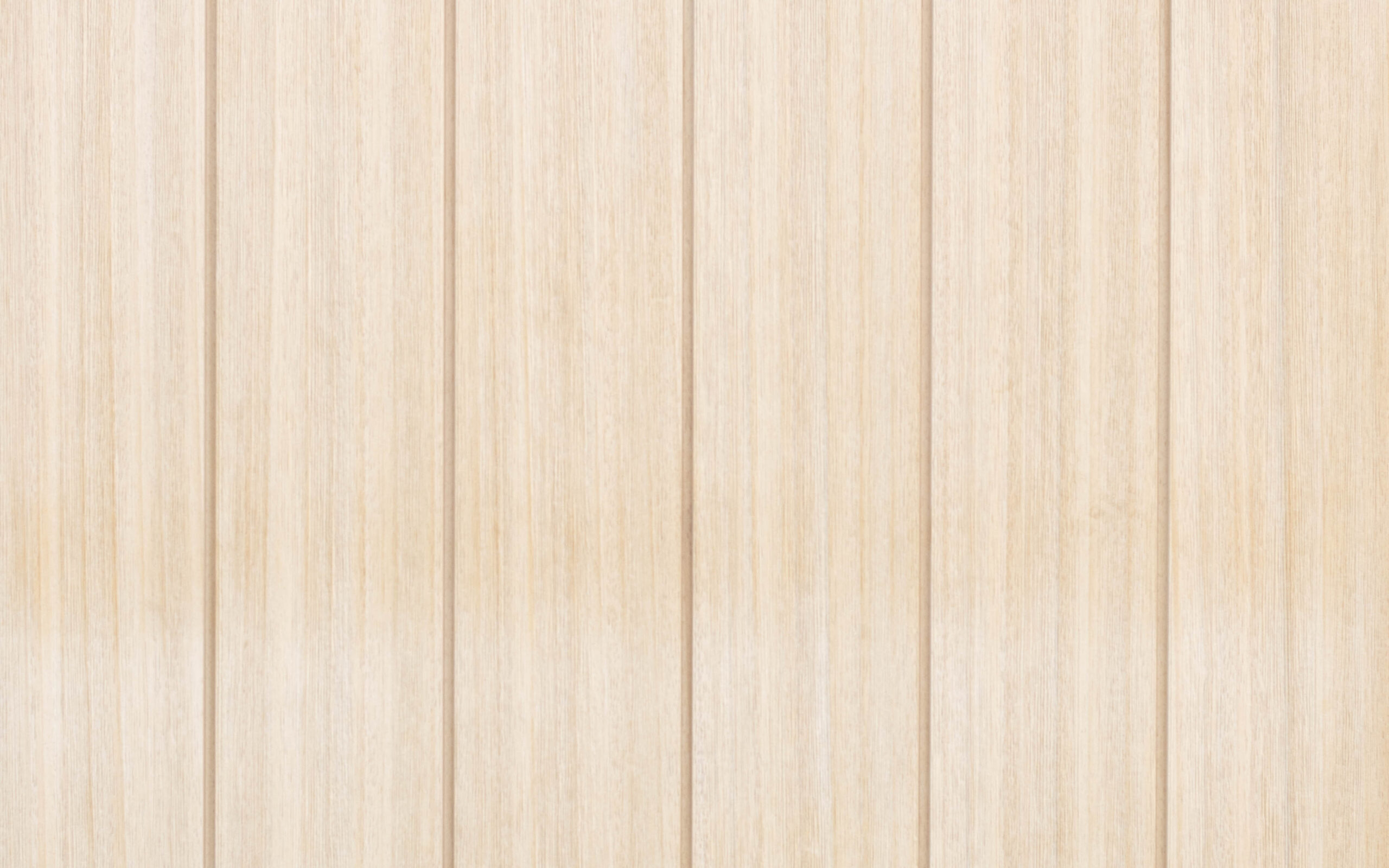
- Vacoa, another thermally-modified timber, has strong characteristics that shine through the weathering process. While offering up interesting and bold aesthetics, this Nordic pine weathers off in an even process. Its knots, veins and grain are still visible during this process.
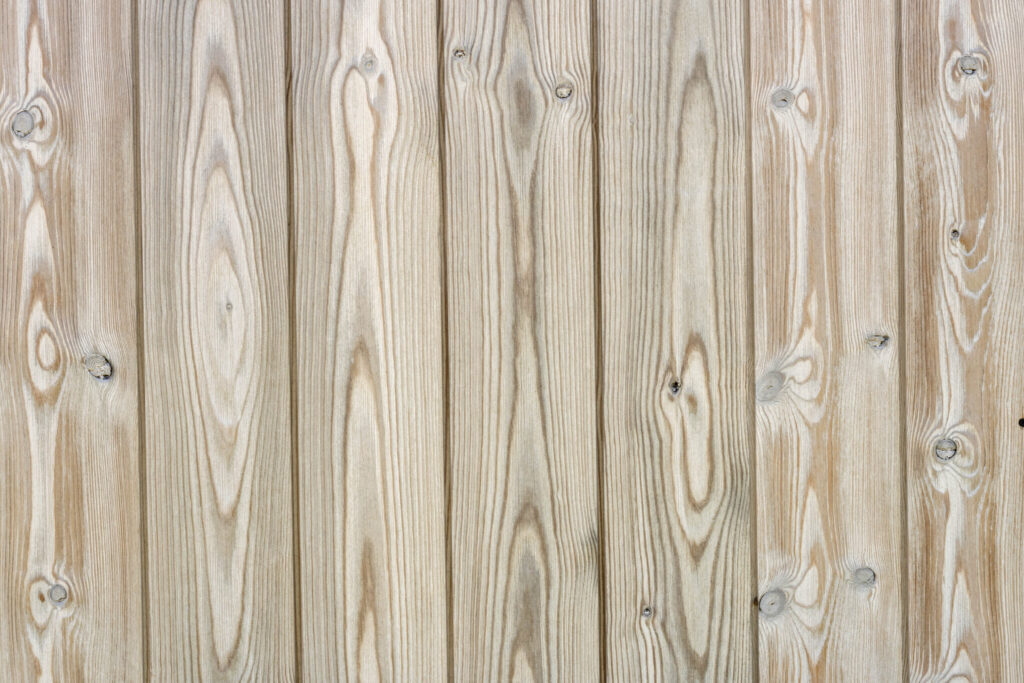
HOW TO ACHIEVE THE WEATHERED LOOK
At Mortlock Timber, we offer two methods for achieving a high quality weathered look on external timber cladding: Cutek Clear Oil and SiOO:X Weather Protection.
1. CUTEK CLEAR OIL METHOD
Cutek Clear Oil will protect the wood, providing stability and structural integrity while allowing it to naturally lighten to produce a silver weathered patina over time. The soft natural lightening and silvering of the wood represents a low care option and is becoming an increasingly popular way to leave wood in weather-exposed settings.
Wood projects using clear Cutek oil that have silvered can easily be returned back to the wood’s original colour if required. Timber in shaded areas will not weather at the same speed as areas in full exposure, areas not exposed to weather may not weather at all. Timber with Cutek Clear Oil coating needs to be fully exposed to sun for the weathering to be even.
Cutek Weathered Look Steps:
- The first coat of Cutek Clear should be applied to all surfaces of the timber prior to delivery by Mortlock Timber Group.
- Apply a second coat of Cutek once installation is complete. Any second coat should only be applied once the first coat has completely penetrated and is dry. The time taken for Cutek to diffuse into the timber varies significantly, depending on aspect, species, ambient temperature, porosity and moisture content of the timber.
- A third coat of Cutek CD50 Clear should be applied once construction is complete. The timber should weather within 12-18 months depending on location and level of exposure.
- Maintenance coats can be applied as often as every 12-18 months to reduce minor surface checking and maintain stability. Typically weathered surfaces can be left up to 3-4 years without maintenance coats.
To summarise:
- We provide the initial coat before delivery.
- Apply a second coat of Cutek Oil once installation is complete.
- A third coat of Cutek Oil is to be applied once construction is complete (ideally 3-5 weeks)
- Monitor your timber cladding or decking every 12-18 months and re-apply oil at your discretion.
Further Information can be found on Cutek.
2. SiOO:X WEATHER PROTECTION METHOD
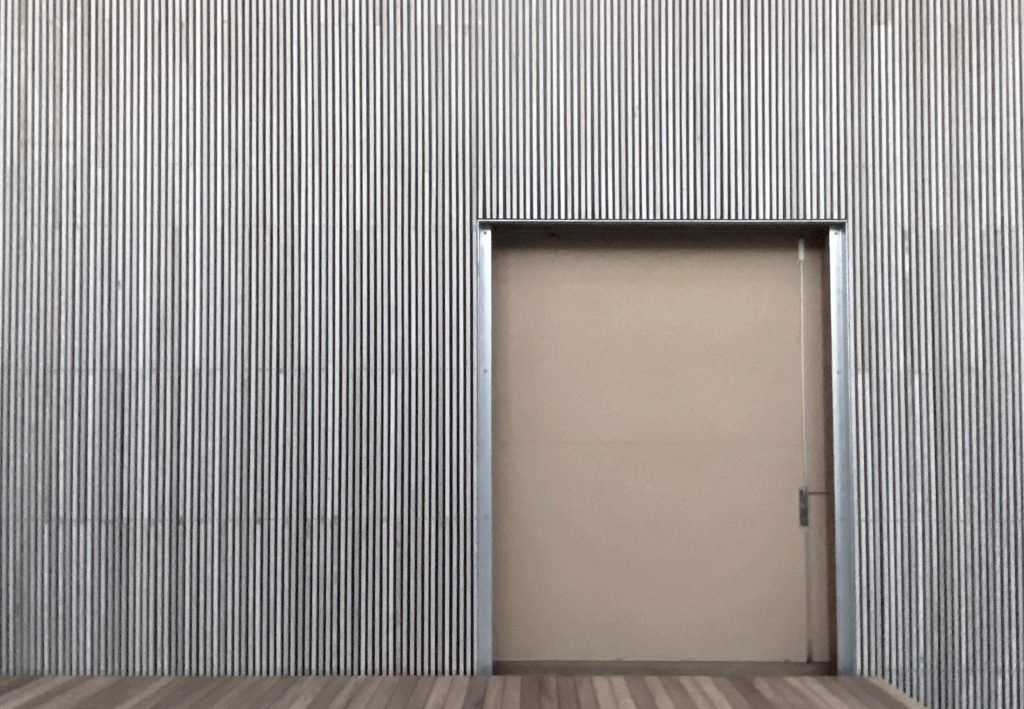
SiOO:X weather protection coating is wood modification coating which speeds up the timber weathering process while providing a protective layer over the surface. This product provides a more even weathered finish than naturally weathered timber.
After application, the coating is activated by moisture and a curing reaction forms a flexible silica surface on the wood. Weather Protection Coating is a proven water based silicate treatment which, if correctly applied and cared for, provides long life and a beautiful natural finish.
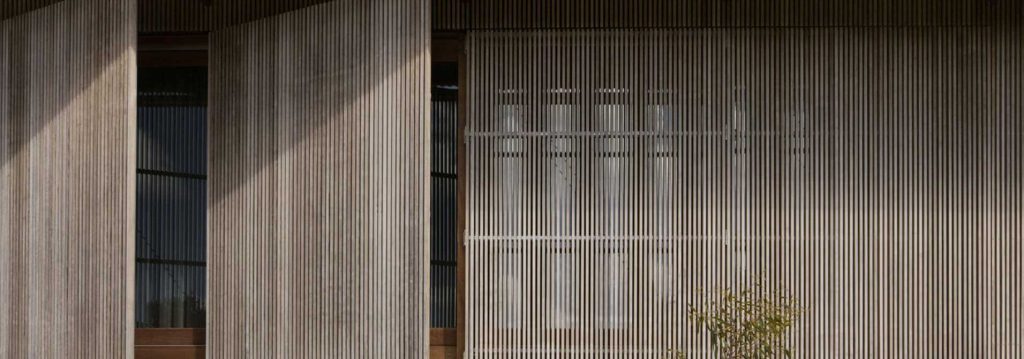
SiOO:XWeathered Look Steps:
- The timber is pre-coated with the SiOO:X Weather protection system by Mortlock Timber prior to delivery. The protection system consists of 2 parts and 3 coats in Total, Mortlock applies 2 coats of SiOO:X Part 1, and 1 coat of Part 2. Timber is completely dried before the next coat is applied.
- A maintenance re-coat is recommended every 5-6 years. However this product can last up to 10-15 years without maintenance.
- To speed up the process or cause the timber to weather in non-exposed areas, lightly spray the timber with water once coating has been applied every day for 2-3 weeks. The moisture will react with the coating to ensure an even silvering on the surface.
Get to know more about SiOO:X and its transformative effect on natural timber.
WEATHERED TIMBER CLADDING AND SCREENING FOR YOUR PROJECT
The lifecycle of your materials is an important factor to consider when designing for long term beauty and durability. If you are planning on embracing the weathered look for your exterior cladding, our team can offer expert advice to ensure you get the best results. Browse our product and pricing guide, or call our team to discuss your needs.
Call us today on 1800 953 004.
View our pricing and product guide
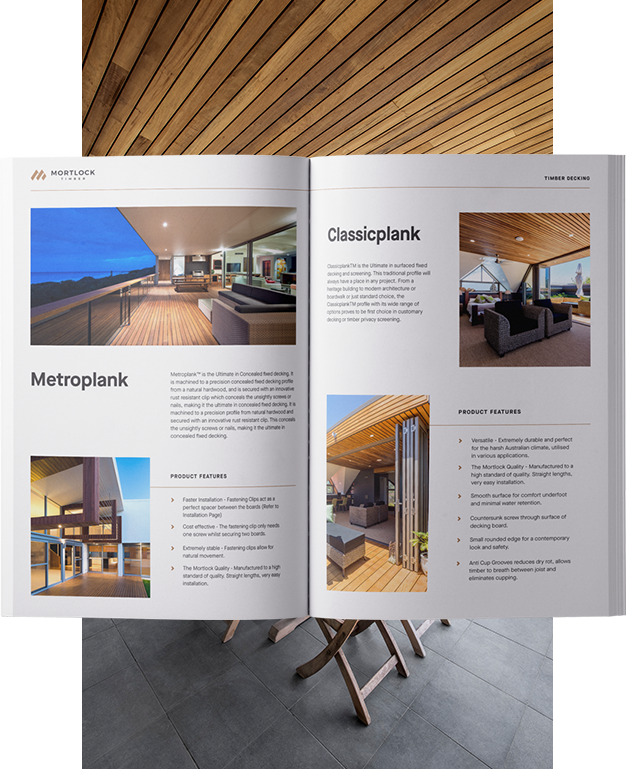
We are committed to bringing you timber products that add value and endure for years to come, even in heavy traffic and harsh weather conditions. We understand the value of efficiency when it comes to installation and keeping hardwood timber costs down. That’s why we’ve spent decades perfecting our designs to make them easier to handle, less wasteful and more efficient to install. This efficiency allows us to offer you premier products that are more cost-effective so that you can experience greater savings on timber wall costs, timber ceiling costs, timber cladding costs and timber decking costs.
Download our Pricing and Product Guide for our complete hardwood timber price list including timber decking prices, timber wall prices, timber ceiling prices and timber cladding prices.
